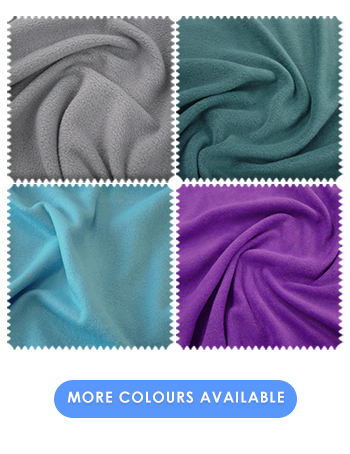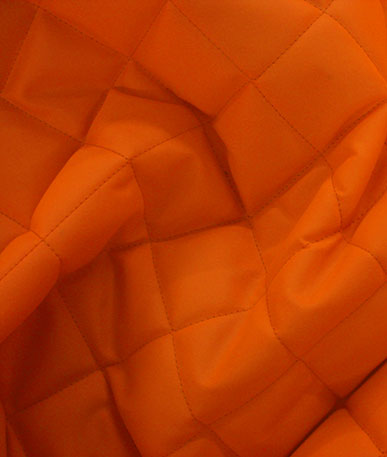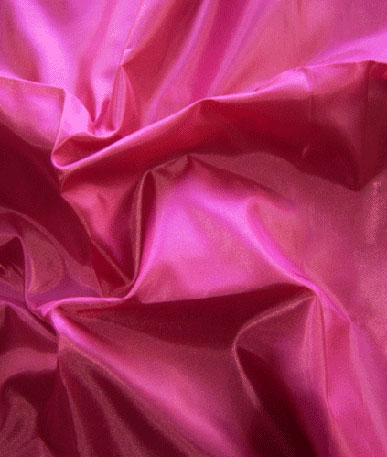| For Help & Orders call us on : 0121 359 2349 | Deliveries delays & Information read here |
What is Waterproof Fabric..?
Waterproof fabrics
This term is normally used to describe a fabric that will withstand water pressure when applied to the fabric, and will still keep the water to the outside of the fabric, making the fabric 100% waterproof up to the measured hydrostatic head pressure, this is the term used to measure how much a fabric is waterproof.
Water Repellent fabrics
When ware falls on a fabric that has been treated for water repellence, the water will form into small beads and not enter into that fabric; even after pressure is applied like rain hitting the fabric the treated fabric will repel the water back up to the surface. This is due to the performance of the water repellent elastomer that is in the fabric.
Shower proof fabrics
This is very much similar to water repellent fabric, as water fall onto the fabric it will form beads and will run of the fabric, if the water was to fall on the fabric a create a small puddle with now here for the water to run of the water will start to seep through the fabric, the time it take for the water to seep through will depend on the quality of the water repellent treatment and also the length of time the water sits on the fabric.
Hydrostatic head
A waterproof fabric which can withstand water pressure in a 1000mm tall column without any signs of leaks would be classed as 1000 hydrostatic head.
Sealed Seams
To make any garment totally water proof the fabric must pass a high hydrostatic head test and have the seams and stitching seam welded using a special waterproof heat seal seam tape on the inside and special protected waterproof zips must also be used, this will stop the rain penetrating.
Costs
The more treatments applied the more process the fabric is put through and the higher the hydrostatic head test requirement would firstly increase the performance of the fabric / material, resulting an increase in production costs, which would be passed on to the finished garment or end product making it costly and expensive.
































